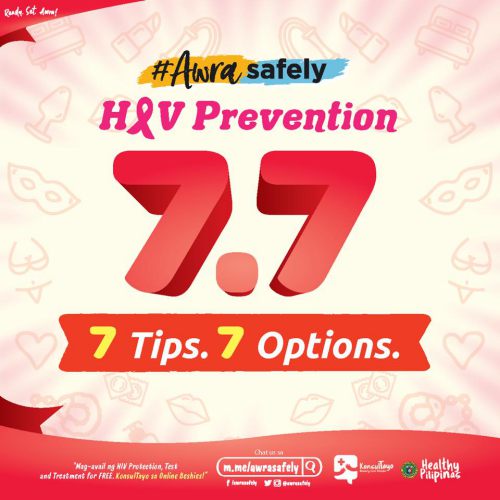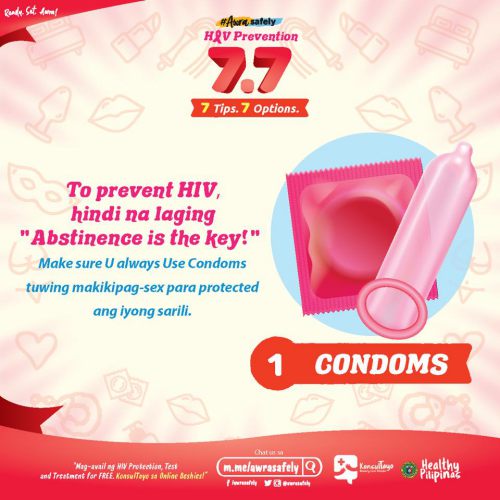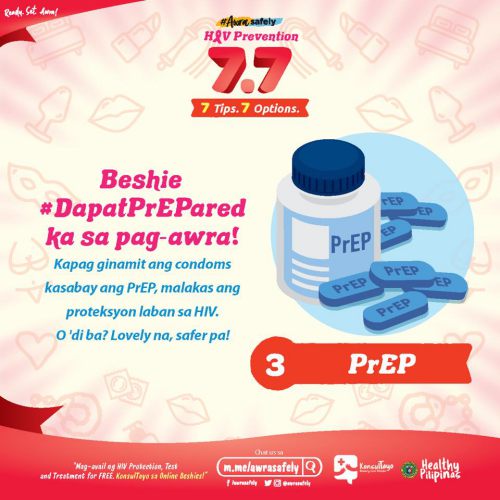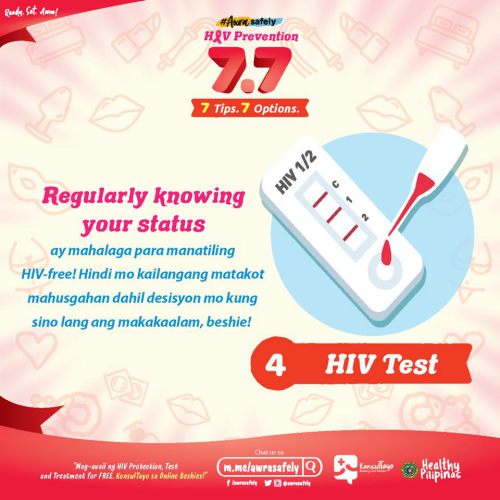Acquired Immunodeficiency Syndrome (AIDS)
A disease of the immune system due to infection with HIV. HIV destroys the CD4 T lymphocytes (CD4 cells) of the immune system, leaving the body vulnerable to life-threatening infections and cancers. Acquired immunodeficiency syndrome (AIDS) is the most advanced stage of HIV infection. To be diagnosed with AIDS, a person with HIV must have an AIDS-defining condition or have a CD4 count less than 200 cells/mm3 (regardless of whether the person has an AIDS-defining condition).
HIV Progression
The course of HIV infection. HIV is an infection that progresses in three stages: acute HIV infection, chronic HIV infection, and AIDS. During acute infection, HIV multiplies rapidly. As acute HIV infection progresses to chronic HIV infection, HIV multiplies less rapidly and HIV levels drop. However, as chronic HIV infection advances, HIV levels increase and the number of CD4 cells decreases. Declining CD4 cell levels indicate increasing damage to the immune system. Antiretroviral therapy (ART) can prevent HIV from destroying the immune system and advancing to AIDS.
PHILIPPINES ADDRESSES RISING TREND IN NEW HIV INFECTIONS
A UNAIDS Report on the global HIV epidemic states that the number of new infections in the Philippines has more than doubled in the past six (6) years from an estimated 4,300 in 2010 to an estimated 10,500 in 2016. The Philippines has become the country with the fastest growing HIV epidemic in Asia and the Pacific, and has become one of eight countries that account for more than 85% of new HIV infections in the region.
While the country has the fastest growing epidemic in terms of percentage increase, the number of new infections in the Philippines is not as high as several countries in the region which are estimated to have tens of thousands of new infections annually.
“The Philippines has a small window of opportunity to act now and stop a major HIV epidemic from taking hold,” said Eamonn Murphy, Director UNAIDS Regional Support Team for Asia-Pacific. “If HIV programming is re-directed to focus on the people most at risk and where they are located, I’m sure the country can not only return to a stable situation but even end the AIDS epidemic as a public health threat by 2030.”
While the Philippines has controlled the HIV epidemic among female sex workers, the country noted a shift in the epidemic in 2007, notably among males who have sex with males then persons who inject drugs, and has therefore scaled-up services tailored to other key risk populations since that time. The Philippine data showed that in 2016, 83% of newly reported HIV cases occurred among males who have sex with males (MSM) and transgender women who have sex with males (TGW). Majority of the new infections are occurring among 15 to 24 year old MSM and TGW.
In 2015, only 35% of 15 to 24 year-old MSM and TGW had correct knowledge on HIV transmission and prevention. This is indicative of the need to step up HIV information efforts in eliciting behavioral change among people at risk of infection. Condom use among MSM and TGW has increased from 36% in 2011 to 50% in 2015, which is still below the 80% target. The percentage of MSM and TGW who knew their HIV status by getting tested increased from 5% in 2011 to 16% in 2015; however, this still remains low. HIV testing is the necessary step to access life-saving antiretroviral medications.
The Philippines has retooled its program to expand HIV services for males who have sex with males and transgender women and has opened clinics that cater specifically to their needs in urban areas, where the risk of HIV is higher. The strategy is to focus on 117 cities where 80% of the new infections have been reported and to open in each such city at least one HIV clinic which has convenient evening hours for working people, and is a one-stop shop that provides prevention, counseling, laboratory work-up, and treatment services. These are the Sundown clinics. The government has also taken measures towards enabling rapid HIV screening and delivery of test results.
The Department of Health is providing antiretroviral (ARV) medicine for free to anyone who tests positive for HIV, as well as other out-patient services to a maximum of PHP 30,000 ($US 600) a year per person. Between 2013 and 2015, the government increased funding for the HIV program, and now shoulders 70% of all financing for its response.
Local governments have also stepped-up their efforts by providing resources and implementing innovative HIV prevention services appropriate for their locales. For example, Quezon City has opened three Sundown clinics which provide rapid HIV testing and counseling for MSM and TGW, as well as HIV treatment in a non-stigmatizing environment. The city has increased its funding for such initiatives since 2012, and is leading a push to encourage other local government units to invest more.
“HIV is one of the top health priorities for the government of the Philippines,” said Dr. Paulyn Jean Rosell-Ubial, the Secretary of the Department of Health. “We have significantly increased the budget allocated to HIV in the past few years, and are now implementing programs which we expect to have a positive impact. The Department of Health, together with the Philippine National AIDS Council, other government agencies, local government units, and partner civil society groups is determined and committed to halt the increase in the number of cases and start reversing the trend of the epidemic in five (5) years.”











